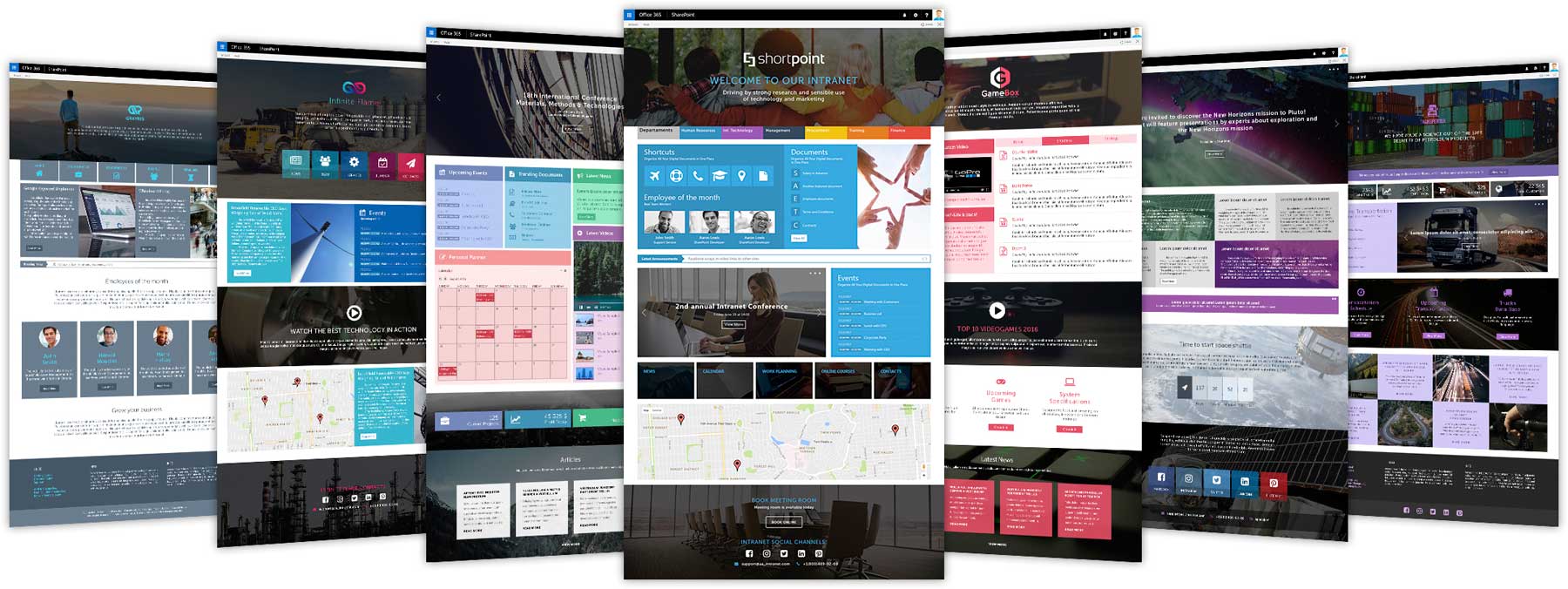Productivity for the sake of productivity?

Global Collaboration
As the size and manpower factors are starting to blur the gap between startups and major players in each market, more and more companies understand that internal collaboration is not only a source of productivity (and, implicitly, stability) but also a trigger for innovation (and, implicitly, market share potential).
Like the perspective on collaboration diversifies, and the concept receives new value within companies, from departments to divisions and up to global networks, the forms of collaboration are also becoming more sophisticated.
Productivity across places, technologies, and cultures

The New Workforce
The workforce is becoming more dispersed in different parts of the world. We now live in the age of companies with 100+ offices worldwide and businesses with 200+ franchises across countries.
Companies are deploying mobile versions of their employee communication software across more than 65% of their workforce to incentivize all the teams to engage and collaborate.
Productivity shapes the place. The place shapes productivity.

The New Productive Workplace
The workplaces are changing their structure radically. From cubicles to open plans and up to coworking spaces and innovation labs, there are companies such as PricewaterhouseCoopers that are planning to save over 850 million by transforming their offices for improving collaboration.
Adding to that, a study showed that, for example, 55% of employees in Australia said they’d happily take a 20 percent pay cut so much time as they could work from home.
The end of job descriptions

Diverse Skills
The skills and responsibilities are overlapping over departments. We are seeing analytics, automation or social media departments rising next to the traditional marketing ones.
The roles are becoming more intertwined. Due to trends such as Big Data, data visualization, and data integration, we are now able to analyze internally sales, marketing and, human resources metrics all in correlation to each other.
Sharing is caring but not working together.

Internal Collaboration
And internal collaboration itself is no longer just about sharing, brainstorming and communicating transparently but actually about processes of working together.
According to data collected by HBR over the past two decades, the time spent by managers and employees in collaborative activities has ballooned by 50% or more.
The few who do it
Unfortunately, not everyone changes their attitude to a collaborative one overnight. Another study from HBR has revealed that the distribution of collaborative work is often extremely unbalanced, 20% to 35% of value-added collaborations coming from only 3% to 5% of employees.
Why is that? Because true collaboration requires not only professional changes but also behavioral changes. And these behavioral changes can be driven by tools and frameworks that people are familiar with, are used to and are intuitive enough not to require IT installation or maintenance.
Tools for the brain and heart
And this is why, when it comes to the biggest workforce in the current market – millennials – one will discover that almost half of them support social tools for effective collaboration when it comes to the workplace.
There are plethora of internal tools that are being used nowadays that have been proven to increase productivity – from messaging apps such as Slack to tasks management platforms such as Trello and up to project management apps such as Basecamp or Asana, these tools are reducing the number of useless e-mails, increasing efficiency of meetings and improving the transparency and culture in the office.
The (Alexander Graham) Bell of productivity

And then there is Sharepoint. SharePoint is used by over 80% of Fortune 500 companies and has more than 100 million users who use it in a variety of ways – from a basic employee portal to a content publishing platform and up to a documents management and distribution system. And because of its large user base and also the legacy of the product and its current integration with the Office 365 suite of products, SharePoint needed to appeal to millennials in order to enhance collaboration. As mentioned in the beginning, not only from a sharing point of view but because collaboration needs to stem business growth.
As Microsoft announced, the future of Sharepoint relies on factors such as the mobility of the tools, a modern design and a clear workflow with data for teams. All these have a direct correspondent in what Shortpoint is already doing.
Short points on the Why, How, What of ShortPoint
Have you seen Simon Sinek’s famous TED Talk on how great companies differentiate themselves from the other ones? If not, watch it here and you’ll understand why we subtly refer to it in the next few lines.
And this is where ShortPoint complements the trend as well as the vision of the new workforce. It created an environment where any internal stakeholder can build a social intranet. And because of its UI, UX and functionality, the intranet drives content engagement which ultimately leads to collaboration and joint innovation across an entire company.
In the series of posts that will follow, we will take you behind the scenes to see what the engine of Shortpoint can do and how it can transform the experience (and behavior) of company teams. As we like to say, there is no shortcut for productivity. But there are ShortPoints.
